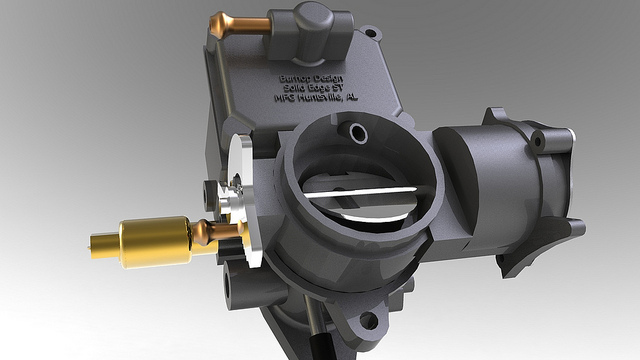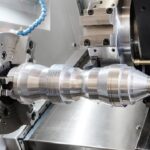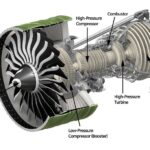The carburettor is a device for atomising and vaporising the fuel and mixing it with the air in the varying proportions to suit the changing operating conditions of the engine. The process of breaking up and mixing the fuel with the air is called carburetion.

Components of carburettors usually include a storage chamber for liquid fuel, a choke, an idling (or slow-running) jet, a main jet, a venturi-shaped air-flow restriction, and an accelerator pump. The quantity of fuel in the storage chamber is controlled by a valve actuated by a float. The choke, a butterfly valve, reduces the intake of air and allows a fuel-rich charge to be drawn into the cylinders when a cold engine is started. As the engine warms up, the choke is gradually opened either by hand or automatically by heat- and engine-speed-responsive controllers. The fuel flows out of the idling jet into the intake air as a result of reduced pressure near the partially closed throttle valve. The main fuel jet comes into action when the throttle valve is further open. Then the venturi-shaped air-flow restriction creates a reduced pressure for drawing fuel from the main jet into the air stream at a rate related to the air flow so that a nearly constant fuel-air ratio is obtained. The accelerator pump injects fuel into the inlet air when the throttle is opened suddenly.


